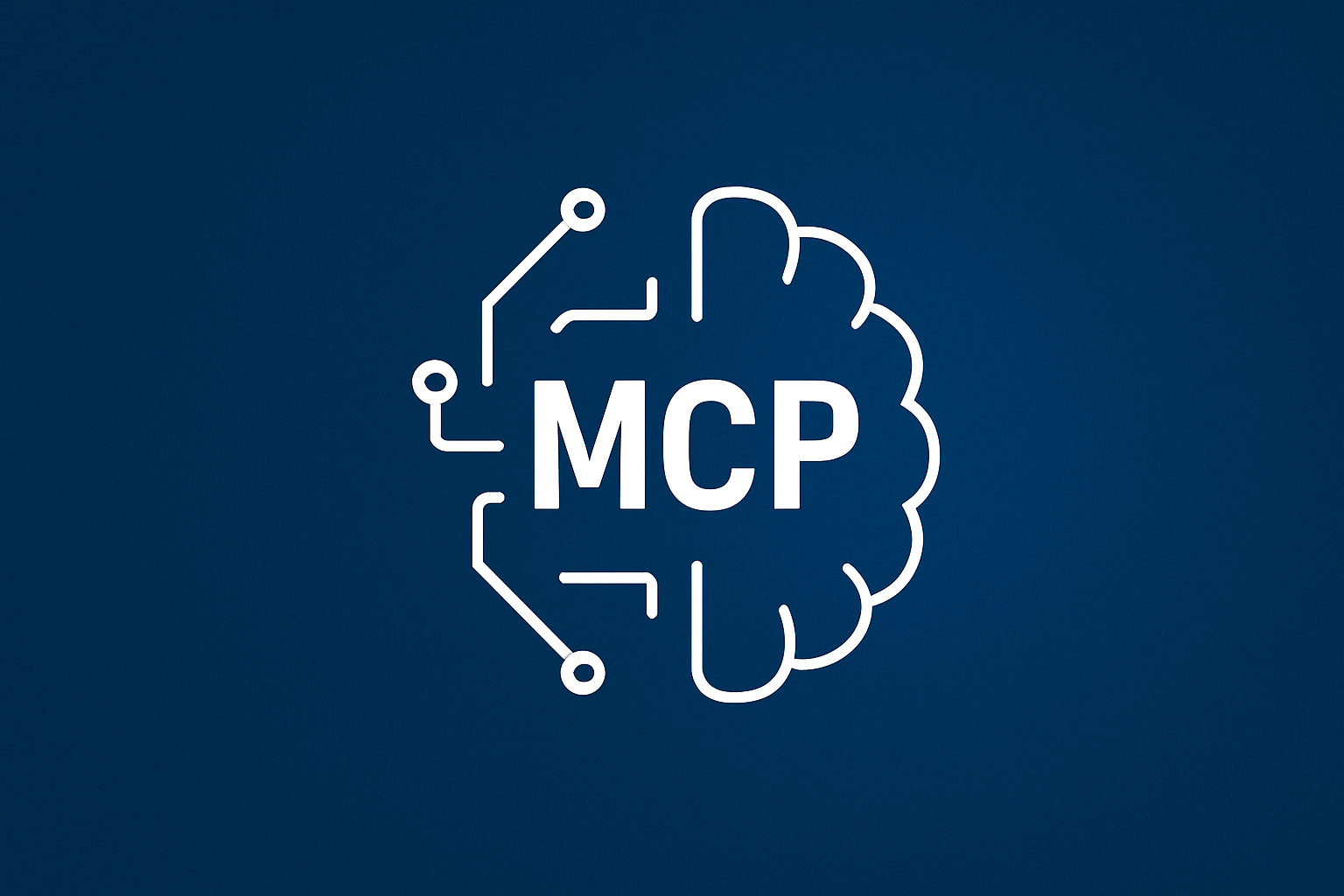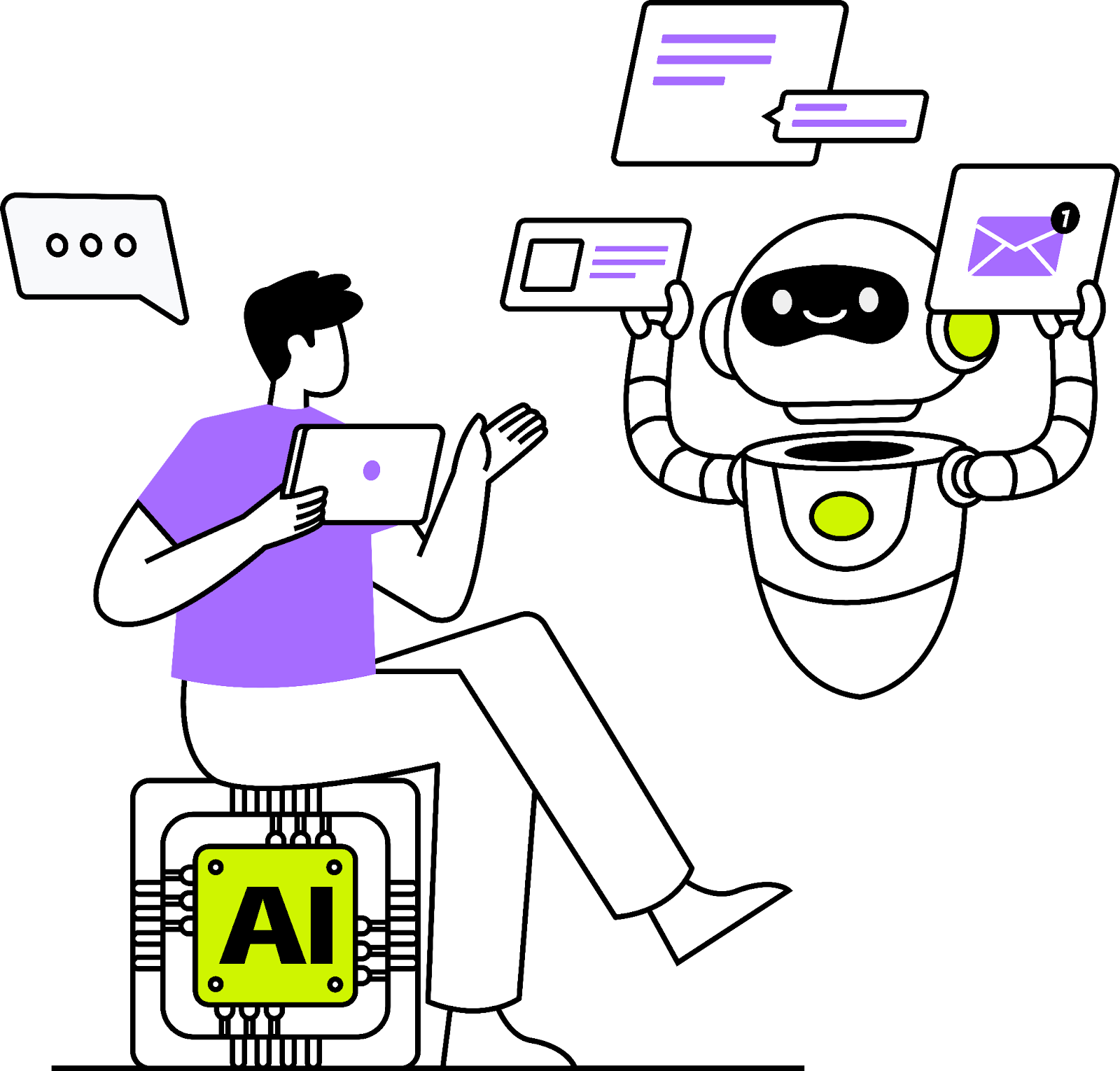From RPC to MCP: How AI is Reshaping System Integration

The evolution that led us to MCP—a protocol for the age of intelligent agents
MCP is redefining system integration for AI agents—enabling dynamic discovery, context-aware workflows, and intelligent coordination.
Software integration has always been messy. Anyone who's spent time debugging API calls at 2 AM knows this truth intimately. What started as simple remote procedure calls in the 80s has evolved into something far more complex and now, with AI agents entering the picture, we're facing challenges that traditional integration patterns simply weren't designed to handle.
This evolution feels like one of those rare moments where everything shifts at once. The Model Context Protocol (MCP) that Anthropic released in 2024 isn't just another API standard. It's a recognition that when systems need to think and reason, they also need to interact differently.
Where It All Started: The RPC Days
Back in the 1980s, Remote Procedure Calls felt revolutionary. You could call a function on another machine as easily as calling one locally, at least in theory. The reality was more complicated. Early distributed systems would see cascading failures across dozens of services from a single schema change. Everything had to match perfectly: client stubs, server interfaces, data types. It was brittle, but it worked well enough for the relatively static systems of that era.
The web changed everything, though. Suddenly, we had this dynamic, heterogeneous environment where RPC's rigid coupling became a liability rather than a feature.
The Web Era: SOAP's Complexity and REST's Promise
SOAP tried to bring enterprise-grade features to web services. It succeeded, sort of—if one enjoyed wrestling with XML schemas and WSDL files. The verbosity was extraordinary. There are SOAP messages out there that are 90% envelope and 10% actual data.
REST was a breath of fresh air. HTTP verbs, JSON payloads, stateless interactions and suddenly, integration felt approachable again. RESTful APIs became the backbone of the modern web, and for good reason. They struck a balance between flexibility and structure that worked for most use cases.
But here's the thing about REST: it still assumes you know exactly what you want to do before you do it. Every endpoint is predefined, and every parameter is mapped out. That works fine when humans are orchestrating the calls, but it breaks down when AI agents need to figure things out on the fly.
Why AI Agents Break the API Model
Working with LLM-powered systems has revealed a fundamental mismatch. These aren't just sophisticated text generators. They're reasoning engines that can adapt their behavior based on context. When an AI agent needs to check inventory, it doesn't simply call /api/inventory/check. It might first explore the existing inventory endpoints, determine the required parameters based on context, handle unexpected responses, and even switch to alternative approaches if the initial attempt fails.
Traditional APIs assume the caller knows the contract upfront. But AI agents operate more like humans do. They explore, experiment, and adapt. They need systems that can dynamically describe their capabilities, not just expose fixed endpoints.
This mismatch became painfully apparent as we started building more sophisticated AI workflows. The integration overhead was enormous, and every change required updating hardcoded assumptions across multiple systems.
Enter MCP: A Protocol Built for Thinking Systems
MCP takes a fundamentally different approach. Instead of exposing fixed endpoints, systems describe their capabilities in a way that reasoning agents can understand and utilize dynamically. It's inspired by the Language Server Protocol (LSP) which makes sense, since LSP solved a similar problem in the developer tools space.
The architecture is elegantly simple: MCP Hosts (like Claude Desktop or Cursor) run MCP Clients that discover and coordinate with MCP Servers. Each server exposes tools, resources, and prompt templates that AI agents can use in a contextual manner.

(Source: Link)
What makes this powerful is the dynamic discovery aspect. An AI agent can ask, "What can you do?" and receive a meaningful response, then determine how to accomplish its goals using the available capabilities. It's like the difference between having a fixed menu and conversing with a chef who can adapt based on the available ingredients.
The Three-Layer Architecture
The MCP architecture breaks down into three distinct components, each handling a specific aspect of the interaction:
- MCP Host: Where everything starts—your AI application environment. Whether it's Claude Desktop, Cursor IDE, or another AI-powered tool, this is where user requests originate and where the overall workflow gets orchestrated.
- MCP Client: Sits in the middle, acting as the intelligence layer. It interprets user prompts, determines what tools and resources are needed, and coordinates the entire interaction. Think of it as the agent's "brain" for integrating external systems.
- MCP Server: Where the actual work happens. It exposes three core capabilities:
- Tools that allow the invocation of external services and APIs
- Resources that provide access to structured and unstructured datasets
- Prompts that serve as predefined templates to optimize AI responses
This separation enables clean, modular integrations that can be combined and customized as needed.
Context-Aware Interactions
One of MCP's most compelling features is its ability to handle context effectively. Traditional APIs are stateless by design. Each call stands alone. However, AI agents often need to maintain context across multiple interactions, gradually building up their understanding as they work through complex tasks.

MCP enables this kind of conversational integration. An agent might start by exploring available tools, then use those tools to gather information, and finally orchestrate a multi-step workflow based on what it learned. The protocol maintains context throughout this process, enabling more sophisticated automation than simple API chaining can provide.
Security: The Current Gap and Emerging Solutions
Here's where things get interesting and a bit concerning. MCP's current specification doesn't include native security controls: no authentication, no fine-grained authorization, no tenant isolation. For a protocol designed to let AI agents dynamically discover and execute tools, this represents a significant security gap.
Research by Xinyi Hou, Yanjie Zhao, Shenao Wang, and Haoyu Wang from Huazhong University of Science and Technology provides a comprehensive analysis of MCP security threats across the server lifecycle. Their findings paint a sobering picture of vulnerabilities at each phase:
Creation Phase Risks:
- Name collisions between different servers
- Installer spoofing and malicious deployments
- Code injection and backdoor insertion
Operation Phase Risks:
- Tool name conflicts causing unexpected behavior
- Slash command overlap leading to confusion
- Sandbox escape attempts to access restricted resources
Update Phase Risks:
- Post-update privilege persistence
- Redeployment of vulnerable older versions
- Configuration drift is compromising security settings
Companies like initializ.ai are addressing these vulnerabilities by wrapping MCP servers in their own authentication and authorization layers. Every request gets vetted before it reaches the MCP server, ensuring only authorized users can access specific tools. It's a practical solution that works today while we wait for native security features to evolve.
Adoption: Faster Than Expected
Despite being relatively new, MCP has gained traction quickly. The big players are already on board. Anthropic with Claude Desktop, OpenAI with their Agent SDK and Microsoft with Copilot Studio. The community response has also been impressive, with ecosystems like MCP.so and PulseMCP hosting thousands of servers.
What's particularly interesting is how this has happened without an official marketplace. Developers are building and sharing MCP servers organically, creating a distributed ecosystem of AI-accessible tools. The protocol's plug-and-play nature makes it easy to integrate existing services without significant architectural changes.
Beyond Integration: A New Way of Thinking
MCP represents more than just a new protocol; it's a shift in how we think about system integration entirely. Instead of writing glue code to connect systems, we describe capabilities and let intelligent agents figure out the orchestration. Instead of hardcoded logic trees, we have contextual reasoning. Instead of fragile integrations that break when assumptions change, we have adaptive systems that can handle uncertainty.
For developers, this means building tools once and making them available to any AI agent that can understand MCP. For enterprises, it promises reduced integration complexity and faster time to value. For AI product teams, it opens up possibilities for truly autonomous systems that can reason about their environment and adapt their behavior accordingly.
Looking Forward: An AI-Native Internet
The trajectory seems clear: we're shifting from transactional, code-driven integrations to conversational, intent-driven coordination. This evolution isn’t just about making AI agents more capable; it’s about building infrastructure that can adapt alongside them. MCP represents a key step in this transition, enabling systems that not only follow instructions but also understand goals and determine how to achieve them.
As AI capabilities grow, so must the systems they interact with. The next few years will determine whether MCP becomes the standard for AI integration, how the community addresses security gaps, and how quickly we transition from static, hardcoded connections to dynamic, intelligent coordination.

.png)
.png)